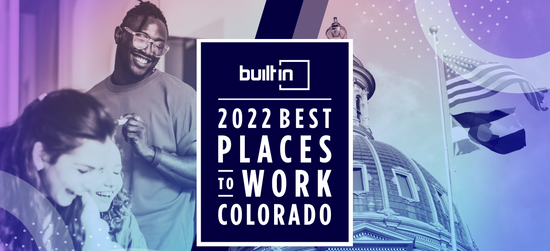According to the National Safety Council, January has the highest rate of carbon monoxide poisoning. Over 400 people die from long exposures to this odorless, colorless lethal gas.
Carbon Monoxide, or CO, can cause illness or death when it builds up in an enclosed space, overtaking the pure air we need to breathe. This gas can be produces by burning fuel in common equipment like vehicles, fireplaces, grills, gas ranges, portable generators, stoves and lanterns.
How do you protect yourself against something you have no idea is there? There are a few precautionary steps you can take to protect yourself, your family and your pets:
Install and Maintain A CO Alarm
These days, most homes already have a CO alarm installed. If you're not sure if you have one, it's vital you check and get one installed. It's also extremely important to keep up with regular maintenance. The National Safety Council recommends changing out your CO alarm batteries when you change your clocks every spring and fall.
Be Careful What You Use To Heat Your Home
January is the highest month for CO poisoning because cold weather can lead to issues with heating systems or improper use of heaters. Be sure you get your heating system, water heater, fireplace and chimney serviced yearly. If you decide to use other heating equipment options, do not sure portable flameless chemical heaters or generators indoors.
Make sure your gas appliances are vented properly and never use your gas oven for heating purposes.
Install a Notion Sensor To Alert You When Your CO Alarm is Sounding While Away
If your home is vacant, how will you know if your CO alarm is sounding while you're at work, running errands, or on vacation? By installing a Notion Sensor next to your CO alarm, you can be alerted the moment your CO alarm begins to sound, giving you time to save your pets and get help fast. In the event your alarm is sounding, be sure everyone leaves the home and call 9-1-1. Do not go back in until the emergency responders have given you the thumbs up to do so.





